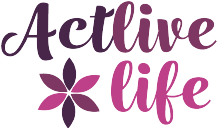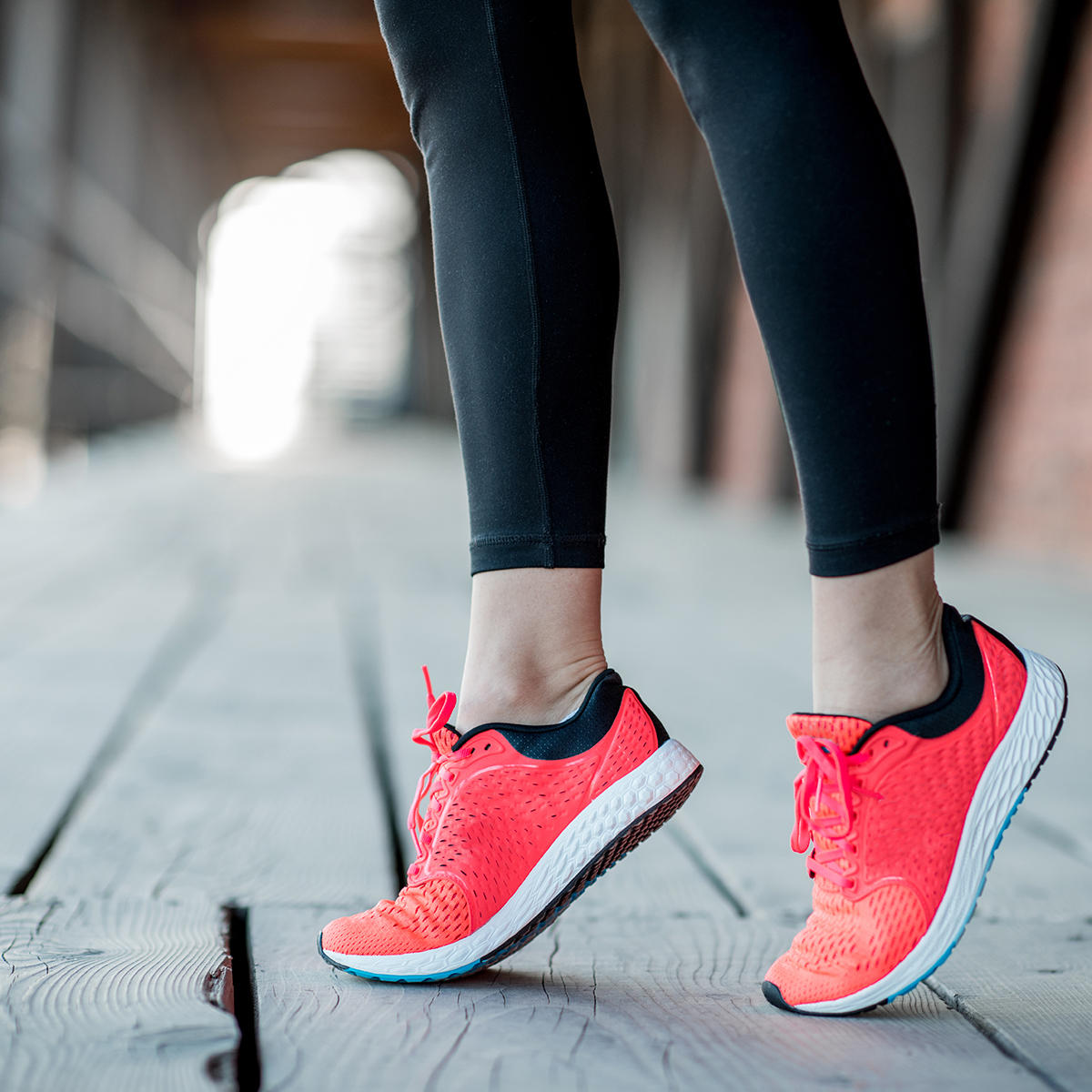The calf muscles are an important part of the body. Any movement involving the lower body, including such foundational movements as walking, running, jumping, and even simply standing, require the calf muscles.
That's one reason why strengthening the calf muscles is valuable. People in great health, or anyone who simply cares about fitness, will benefit from stronger calves. However, often, people with injuries are especially in need of strengthening their calves. Getting strong calf muscles is frequently a key part of physical therapy.
From Walking to Running: Why Strong Calf Muscles are Key for Lower Body Movements
The Muscles of the Calf
There are three muscles of the calves: the soleus, the gastrocnemius, and the plantaris. There is a tendon, the Achilles tendon, which also plays a key role in calf muscle functioning. Two of the calf muscles, the soleus and the gastrocnemius, are the primary muscles of the calves.
- The gastrocnemius forms most of the calf. It is easily visible from behind. At the top of the calf, the gastrocnemius connects to the femur bone. At the bottom of the calf, it is attached to the Achilles tendon. The gastrocnemius is the most common location for calf injuries.
- The soleus begins just under the knee and is also attached to the Achilles tendon. It is connected to both of the bones of the lower leg, the tibia and fibula. The soleus is a wide but flat muscle that lies beneath the gastrocnemius muscle.
- The plantaris is a small muscle that runs up the length of the calves between the soleus and gastrocnemius. However, a small number of people don't actually have the plantaris muscle. Finally, the Achilles tendon is a tendon that attaches the muscles of the calf to the heel bone. It is the thickest tendon in the body.
Strengthening the Calf Muscles
There are plenty of good exercises for making the calves stronger and more capable. Such movements will get reliable results if performed regularly. Find the 30-day calf raise challenge in the Actlive Life February 2022 Box. Among the best moves to strengthen calf muscles are:
-
Double-Leg Heel Raise
This simple exercise is completed by raising the body up on the toes, with the heels being brought up as high as possible. The move can be completed with the arms held loosely at the sides. Or, if balancing proves difficult, a person can hold onto a chair or any other object that will keep them balanced.
-
Single-Leg Heel Raise
The single-leg heel raise is a more difficult variant of the double-leg heel raise. It may not be appropriate for older people or anyone who has poor balance. However, it is itself a good way to improve balance. As the name would indicate, the single-leg heel raise is like the double-leg heel raise, but with only one foot being used. This means the entire weight of the body is being supported by one calf, making for a more demanding movement.
-
Standing and Seated Toe Raise
The first variant of this move is performed from a standing position. The toes are lifted upwards in a smooth movement while rocking backwards onto the heels, putting all of the body's weight onto the back of the foot. The same movement should also be completed from a sitting position, which will target the calves slightly differently.
-
Standing and Seated Soleus Raise
The soleus is most directly targeted when the knee is bent. That's why a soleus raise is the same as a heel raise, except that the knee is bent at a 90° angle while the move is performed. When sitting, the move is roughly the same, but the balls of the feet are allowed to rest on an elevated, stable surface.
-
Squats
This classic exercise is completed by lowering the hips toward the ground until roughly level with the knees, before rising back up to the starting position. The knees should be over the ankles throughout the squat. Pressing through the heels while rising is key. While squats are often performed using weights at a gym, squats relying only on the weight of the body are also valuable, and will work to strengthen the calves, as well as the upper leg and hips.
-
Lunges
Another classic fitness move, lunges have many variants. However, the traditional forward lunge will do for working the calves. Lunges are performed from a standing position. One leg is stepped forward and the hips are lowered with the front foot remaining flat on the ground. The movement is continued until the knee of the back leg is just above the ground and the knee of the front leg is right above the ankle, creating a 90° angle for both legs. The starting position is then returned to.
-
Resisted Ankle Dorsiflexion
Dorsiflexion refers to the motion of bringing the toes upwards towards the shin. This exercise requires an exercise band to add resistance. It is performed by looping a band around the top of the foot. The other end of the band is held by another person, such as a physical therapist. The foot is pulled upwards and toward the body.
-
Resisted Plantar Flexion
Plantar flexion is basically the opposite of dorsiflexion. It occurs when the foot pushes downwards, such as in the heel raise moves presented above. This exercise also requires an exercise band. The band is placed around the forefoot and the top of the foot is pointed away.
Having strong, capable calf muscles is an important element of being fit, and is also often a key part of recovering from injuries in the lower half of the body. These are the reasons why it's worthwhile to know how to perform the calf strengthening exercises presented above.
Always consult your physician before beginning any exercise program. This general information is not intended to diagnose any medical condition or to replace your healthcare professional. Consult with your healthcare professional to design an appropriate exercise routine. If you experience any pain or difficulty with these exercises, stop and consult your healthcare provider.


